As the cost of four-wheeled transportation continues to rise every year, many are turning toward a more cost-effective and environmentally friendly option: mopeds.
Mopeds offer an enticing alternative for urban commuters, students, and those who want to save money while cruising through town.
But before you jump on the moped bandwagon, you’re likely curious about the all-important question: How much is a moped?
In this article, I’ll discuss the various factors that influence the cost of a moped to help you make an informed decision about your new, two-wheeled companion.
How Much Does a Moped Cost?
The cost of a moped can vary widely depending on several factors, including the type, brand, model, and additional features.
In general, new mopeds typically range from $1,000 to $5,000, with premium brands and models often commanding higher prices.
Used mopeds can be more affordable, ranging from a few hundred dollars to a few thousand dollars, depending on the age and condition.
Entry-level Mopeds
At the lower end of the price spectrum, typically between $500 to $1,500, you’ll find older or entry-level mopeds.
These models often have smaller engines and come with basic features.
They offer an economical way to get around, but they might lack some of the advanced technology and design elements of more expensive options.
These mopeds are ideal for those on a tight budget or beginners looking for a simple and affordable mode of transportation.
Mid-range Mopeds
Moving up in price, mid-range mopeds, ranging from approximately $1,500 to $3,000, offer a balance between affordability and enhanced features.
These mopeds are often a few years old and may have better performance, improved technology, and a more stylish design.
They’re a solid choice for those who want a bit more from their moped without breaking the bank.
High-end Mopeds
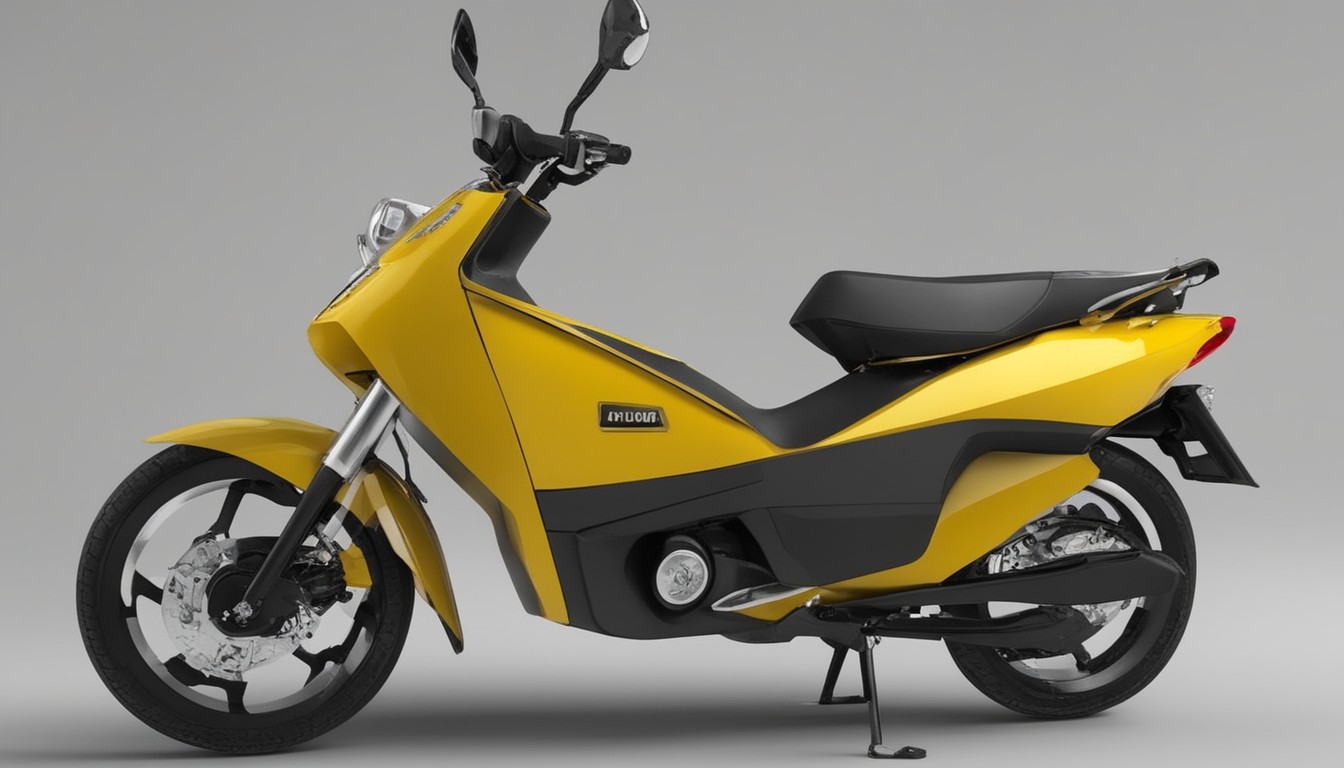
If you’re interested in high-end or premium mopeds, you’ll find options in the $3,000 to $5,000 or more range.
These mopeds often come from well-known brands and boast advanced features, impressive performance, and a newer model year.
They’re ideal for riders who seek the latest technology, top-notch build quality, and an overall premium riding experience.
Factors That Affect Moped Price
When you’re in the market for a moped, understanding the factors that influence its price is crucial to making an informed decision. Let’s dive into these factors:
Type of Moped (Gasoline-Powered vs. Electric)
Gasoline mopeds are usually more affordable upfront, offering a budget-friendly entry point.
In contrast, electric mopeds, while costlier initially, often offset this with lower operating costs due to their energy efficiency.
Brand and Model
Well-known brands may come with a higher price tag, reflecting their reputation for quality and innovation.
Additionally, certain models within a brand might offer extra features or higher performance, which can justify a higher cost.
Engine Size and Performance
The size of a moped’s engine is expressed through cubic centimeters (cc).
Smaller engines, such as 50cc, are typically more affordable and cater to short city commutes.
Conversely, larger engines, like 150cc or 250cc, offer higher power and speed potential, but they often come at a premium.
Additional Features
Mopeds can come with a variety of features to enhance your riding experience.
Anti-lock brakes, advanced suspension systems, digital displays, and smartphone connectivity add convenience and safety but can also raise the price.
Premium materials and cutting-edge technology are frequently found in the more expensive moped models.
New vs. Used
New mopeds tend to be pricier, as they offer the latest features and often come with a manufacturer’s warranty.
Used mopeds can provide a more budget-friendly option, but their cost depends on factors like condition, age, mileage, and any customizations made by previous owners.
Economic Factors
Economic conditions, including inflation, currency fluctuations, and market dynamics, can influence moped prices.
Manufacturers may adjust their pricing strategies in response to economic factors, which can directly impact what you pay for a moped.
Staying informed about economic conditions and market trends is essential for making a well-informed purchase.
Other Costs Associated With Owning a Moped
When considering the purchase of a moped, it’s essential to look beyond the initial price tag. Owning a moped involves several additional costs that can impact your overall budget, including:
Fuel Costs (Gas Mopeds)
Fuel costs are an essential factor for gasoline-powered mopeds.
The good news is that mopeds are incredibly fuel-efficient, often achieving over 100 miles per gallon.
Nevertheless, fuel prices can vary based on your location, so it’s crucial to factor this recurring expense into your budget.
To save on fuel, consider finding the most affordable gas stations in your area.
Charging Costs (Electric Mopeds)
For those who opt for an electric moped, the primary ongoing expense is charging.
Charging an electric moped is generally more cost-effective per mile compared to using gasoline.
The precise cost depends on your local electricity rates and the capacity of your moped’s battery.
Maintenance Expenses
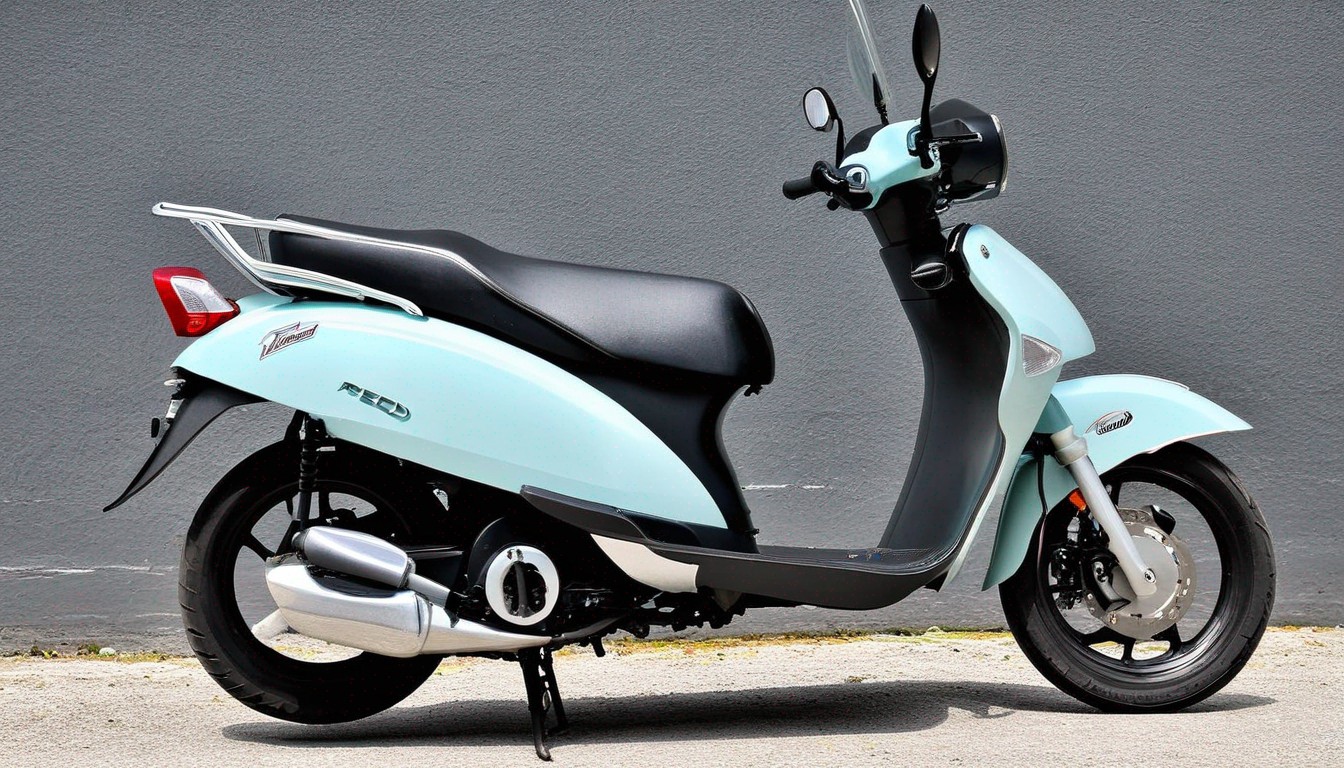
Routine tasks like oil changes, brake pad replacements, tire changes, and regular servicing are infrequent and typically less expensive than equivalent services for cars or motor scooters.
Still, these costs, though reduced, should be considered in your budget.
Expect to pay approximately $20 to $50 for an oil change, depending on the type of oil and labor costs. Brake pad replacements can range from $30 to $60, with tire changes falling in a similar price range.
Regular servicing by a professional mechanic may cost around $100 to $200, depending on the extent of the service required.
Insurance and Registration
While mopeds are more affordable than cars or motor scooters, they still come with insurance and registration expenses.
Insurance costs and requirements depend on where you live and your personal circumstances, such as age, driving history, and the specific make and model of your moped.
Liability insurance, which covers potential damages or injuries to others in an accident, is typically the minimum requirement. Expect to pay around $100 to $500 annually for moped insurance. .
As for moped registration, the rules differ from place to place.
Some regions may require all mopeds to be registered, while others have exemptions based on engine size or maximum speed.
Registration fees can range from $20 to $50. Check with your local Department of Motor Vehicles for specific details on registration costs.
Parts and Repairs
As time passes, you may need to replace worn-out parts or make repairs to your moped.
While basic maintenance is relatively affordable, extensive repairs or component replacements can be more costly.
Therefore, it’s essential to allocate a budget for potential mechanical issues or part replacements.
Gasoline-Powered vs. Electric: Which Type Should You Get?
When deciding on a moped, one of the most significant choices you’ll make is between a gasoline-powered moped and an electric moped.
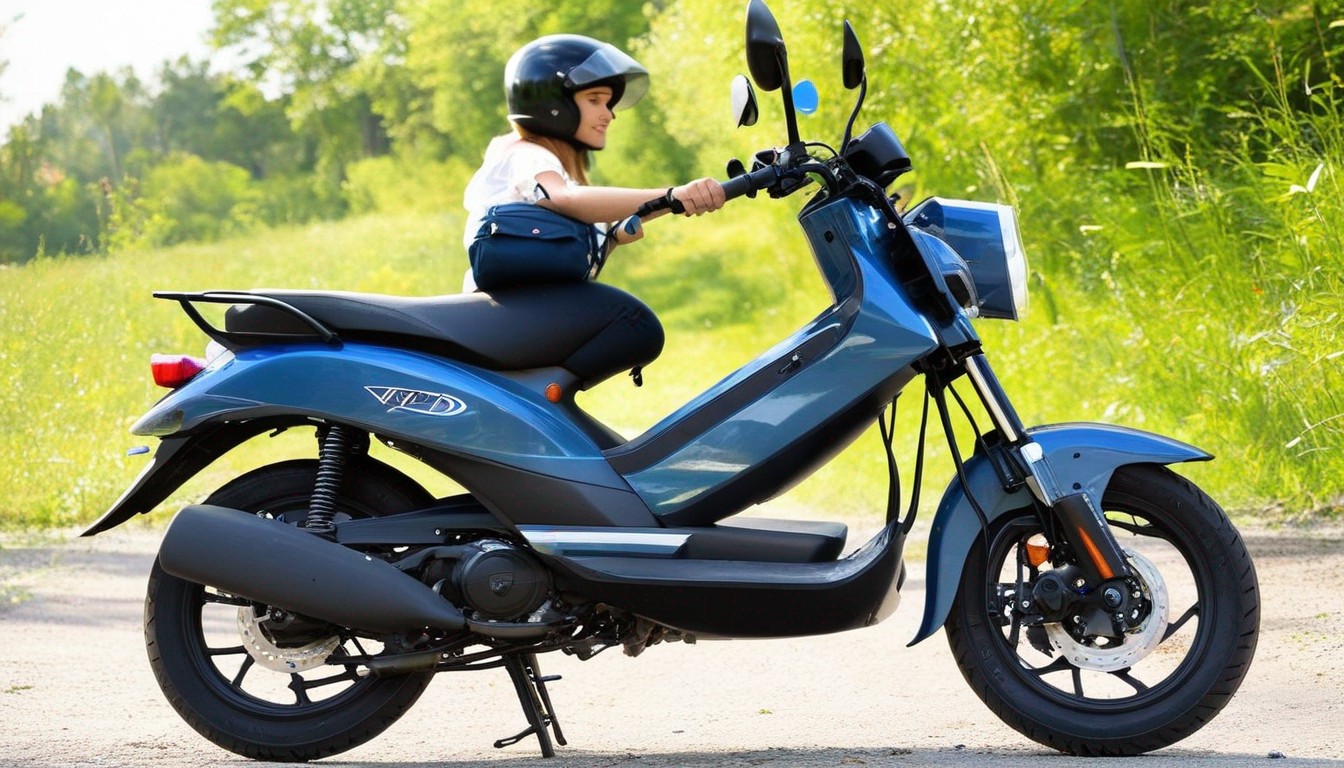
This decision not only impacts your riding experience but also the long-term costs and environmental considerations.
Here are the pros and cons between these two options:
Gasoline-Powered Mopeds
Gasoline-powered mopeds have been the traditional choice for riders for decades, and they offer several advantages:
Pros
- Lower Initial Cost: Gasoline-powered mopeds are often more affordable when you’re making your initial purchase. The price range typically varies depending on factors such as brand, model, and additional features, but they tend to be on the lower end of the cost spectrum.
- Widespread Availability: The widespread availability of gasoline makes refueling your moped a convenient and hassle-free process. It means you can plan longer journeys with confidence, knowing that you’ll have access to refueling stations along the way.
- Longer Range: Gasoline mopeds generally offer a longer range before needing to refuel. This can be beneficial for longer commutes or rides that take you further from home.
- Familiar Maintenance: Maintaining a gasoline moped is familiar to many since it involves tasks like oil changes, spark plug replacements, and carburetor adjustments. Parts and services for gasoline engines are widely available and typically less expensive.
Cons
- Higher Operating Costs: Gasoline prices can fluctuate, impacting your day-to-day operating costs. Gasoline mopeds are generally less fuel-efficient than electric ones, meaning you’ll spend more over time.
- Environmental Impact: Gasoline mopeds produce emissions, contributing to air pollution and greenhouse gas emissions. This is a factor to consider if you’re environmentally conscious.
Electric Mopeds
Electric mopeds are a relatively newer option, but they come with several appealing features:
Pros
- Lower Operating Costs: Charging an electric moped is significantly cheaper than refueling a gasoline-powered one. Electricity costs less per mile traveled, and electric mopeds are highly energy-efficient.
- Quieter and Cleaner: Electric mopeds are quieter and produce zero tailpipe emissions, making them a more environmentally friendly choice. They help reduce noise pollution and contribute to better air quality.
- Simplified Maintenance: Electric mopeds have fewer moving parts and typically require less maintenance. You won’t need to worry about oil changes or fuel system maintenance, which simplifies the ownership experience.
Cons
- Higher Initial Cost: Electric mopeds usually have a higher upfront cost due to the expense of batteries and electric motor technology. While you’ll save on operating costs over time, the initial investment can be a barrier for some buyers.
- Limited Range: Electric mopeds often have a limited range per charge, which may not be suitable for longer commutes.
- Charging Infrastructure: Charging your electric moped requires access to charging stations or a power outlet, which may not be as readily available as gas stations.
5 Most Popular Moped Brands and Average Cost
Whether you prioritize style, performance, affordability, or durability, these brands have a moped to cater to your specific requirements:
1. Honda
Honda offers a diverse range of moped models to cater to various rider preferences. Its mopeds are often favored for their longevity and performance.
New Honda mopeds typically start at around $1,500 for entry-level models and can go up to $3,500 for more advanced and feature-rich versions.
Used Honda mopeds can be found in the $800 to $2,500 range, depending on their age, mileage, and condition.
2. Vespa
Vespa, an iconic Italian brand, is synonymous with timeless design and style. Vesta mopeds are often considered premium options due to their craftsmanship and aesthetic appeal.
New Vespa models are known for their distinctive designs and quality components. Prices for new Vespa scooters start at around $5,000 and can exceed $7,500 for high-end models with advanced features.
Used Vespa mopeds are often priced in the $2,000 to $5,000 range, with vintage or collectible models commanding higher prices based on their rarity and condition.
3. Yamaha
Yamaha is a reputable name in the moped and motorcycle industry, offering a wide range of options suitable for different riding styles. The company’s mopeds are known for their performance and versatility.
New Yamaha mopeds typically range from $2,500 for basic models to $4,500 for more advanced features. Used Yamaha mopeds can be found in the $800 to $3,000 range.
4. Piaggio
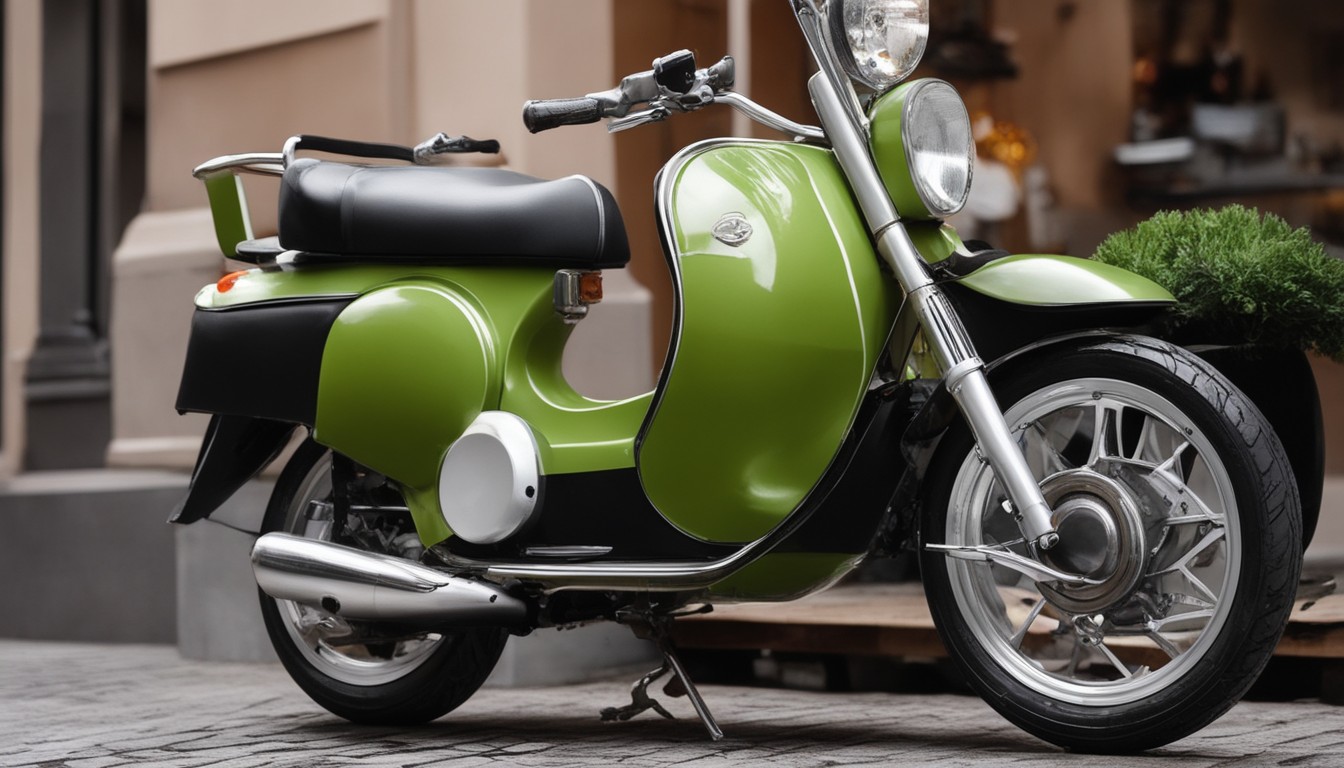
Piaggio is an Italian brand celebrated for its stylish and reliable mopeds. Its models often combine classic design with modern engineering.
New Piaggio mopeds usually start at around $2,500 and can reach up to $5,500 for premium versions. Used Piaggio mopeds can be found in the $1,000 to $4,000 range.
5. Kymco
If you’re looking for a budget-friendly moped, Kymco is a brand that deserves your attention. Kymco mopeds are attractively priced, making them an accessible choice for riders who prioritize practicality and affordability.
Prices for new Kymco models generally start at around $1,700 for basic, no-frills models. As you move up the range and opt for models with more advanced features and technology, you might find prices reaching up to $3,500.
For used models, you can find them in the $600 to $2,500 range.
Conclusion
On average, you can expect to pay anywhere from approximately $1,000 to $3,000 for a new moped. Used mopeds, which can provide an excellent budget-friendly option, often range from $500 to $2,500. However, these prices can vary depending on factors like location, market demand, and the specific make and model of the moped.

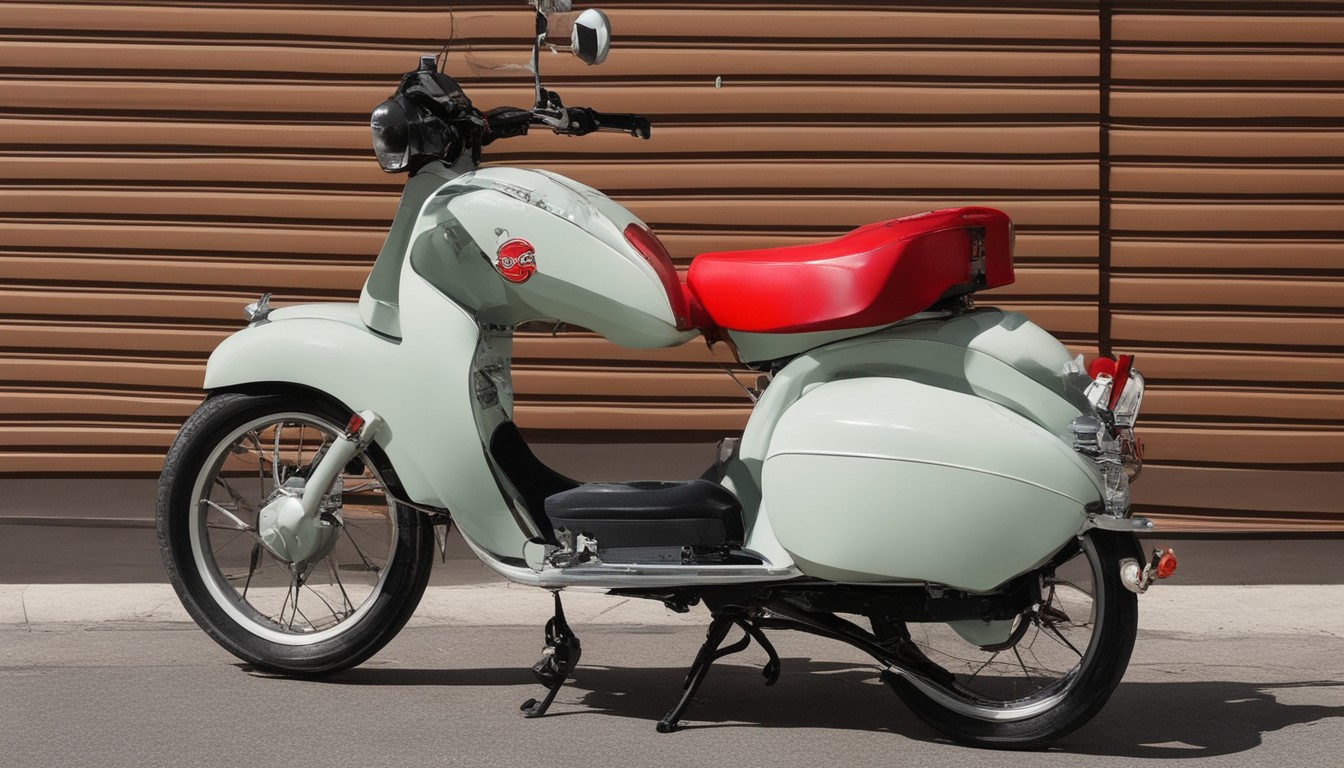





I appreciate you sharing this blog post. Thanks Again. Cool.
You Bet! We Love sharing all things scooter related!
Your point of view caught my eye and was very interesting. Thanks. I have a question for you.
Always here to help!
Nice post. I learn something totally new and challenging on websites
There is definately a lot to find out about this subject. I like all the points you made